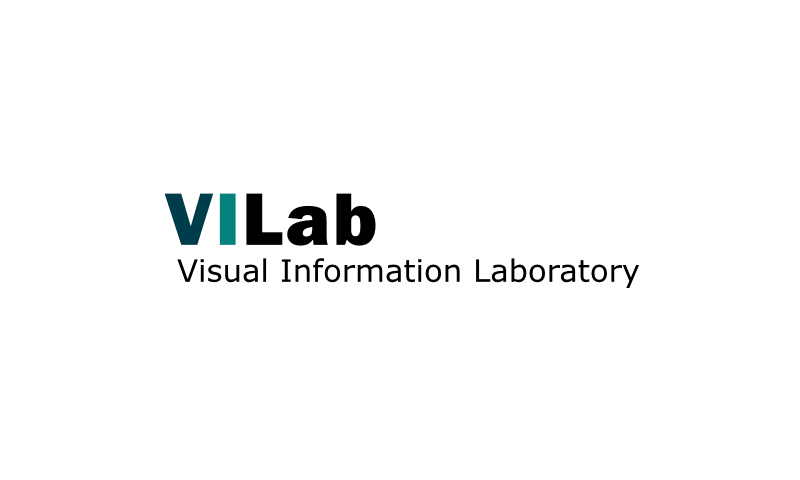Talks
VILSS: Upper body pose estimation for sign language and gesture recognition
James Charles, University of Leeds In this talk I present methods for estimating the upper body pose of people performing gestures and sign language in long video sequences. Our methods are based on random forests classifiers and regressors which have proved successful for inferring pose from depth data (Kinect). Here, I will show how we develop […]
VILSS: Intelligent signal processing and learning in imaging
Panagiotis Tsakalides, University of Crete Modern technologies, including the proliferation of high performance sensors and network connectivity, have revolutionized imaging systems used in applications ranging from medical and astronomical imaging to consumer photography. These applications demand even higher speed, scale, and resolution, which are typically limited by specific imaging and processing components. While striving for more […]
VILSS: Are Cars Just 3D Boxes? Jointly Estimating the 3D Shape of Multiple Objects
Zeeshan Zia, Imperial College London Current systems for scene understanding typically represent objects as 2D or 3D bounding boxes. While these representations have proven robust in a variety of applications, they provide only coarse approximations to the true 2D and 3D extent of objects. As a result, object-object interactions, such as occlusions or supporting-plane contact, can […]
VILSS: Wirewax – engineering vision algorithms for the wild
John Greenall, Wirewax, London Wirewax is a platform for turning your videos into rich interactive experiences. Backing the website is a powerful suite of computer vision algorithms that run on a scalable cloud architecture. This talk will detail some of the experiences of training and deploying algorithms for use "in the wild", including discussion of face […]
VILSS: 2D Pairwise Geometry for Robust and Scalable Place Recognition
Edward Jones, Dyson Research Lab, Imperial College London In this talk, I will present an overview of my PhD research on extending recent trends in visual place recognition to offer robustness and scalability. The underlying theme of my work is the exploitation of 2D geometry between pairs of local image features, which is often overlooked in […]
VILSS: Ultrasound imaging and inverse problems
Denis Kouame, Universite Paul Sabatier Toulouse Among all the medical imaging modalities, ultrasound imaging is the most widely used, due to its safety, cost-effectiveness, flexibility and real-time nature. However, compared to other medical imaging modalities such as Magnetic Resonance Imaging (MRI), or Computed Tomography (CT), ultrasound images suffers from the presence of speckle and have low-resolution […]
VILSS: Human Action Recognition and Detection from Noisy 3D Skeleton Data
Mohamed Hussein, Egypt-Japan University of Science and Technology Human action recognition and human action detection are two closely related problems. In human action recogniton, the purpose is to determine the class of an action performed by a human subject from spatio-temporal measurements of the subject, which are cropped in the time dimension to include only the […]
FUTURES SHOWCASE: UP LATE AT SS GREAT BRITAIN
SS Great Britain Great Western Dockyard, Gas Ferry Road, Bristol, United KingdomJoin us for a family-friendly late opening on the grounds of Isambard Kingdom Brunel’s historic ship, the SS Great Britain. Explore a huge range of fascinating, interactive and hands-on exhibits showcasing cutting-edge research. Hear first-hand accounts from researchers about their life and work through short talks, performances and poetry readings. […]

